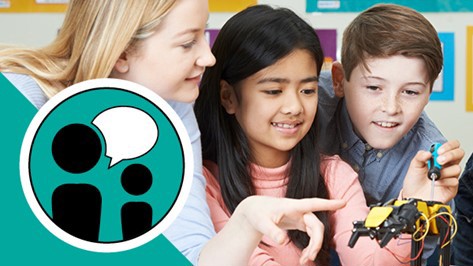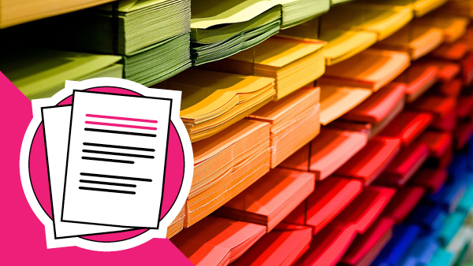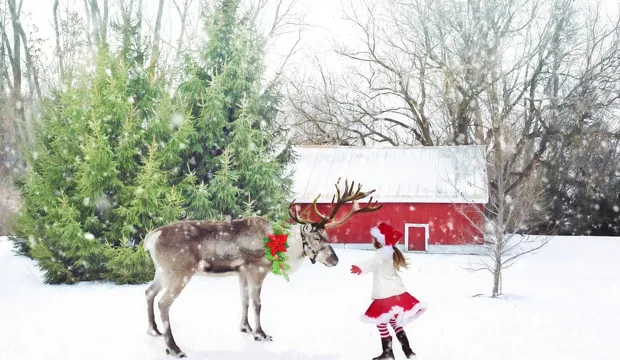
Frozen bubbles science experiment
Learn about states of matter while having fun with bubbles
It’s fun to blow bubbles but they usually don’t last very long and are very easy to pop. In this Christmas STEM activity, students will create a frozen bubble using golden syrup and washing up liquid. This activity will get students thinking about the different states of matter, evaporation, molecules and more!
Our frozen bubbles science experiment has been created to support the teaching of the primary national curriculum. It’s also a fun and unique science activity that can be done at home with all the family.
Activity: Frozen bubbles science experiment
Supplies/tools needed:
- Water
- Golden syrup
- Washing up liquid
- A biodegradable straw
- A mixing bowl
- A smaller bowl
Follow our step-by-step guide for our frozen bubble science experiment
Adults can help children with their frozen bubble science experiment by following our step-by-step instructions:
- Measure 2 tablespoons of water into a bowl.
- Add an equal amount of washing up liquid and golden syrup and gently stir.
- Pour some of the mixture into the smaller bowl and use the straw to blow the mixture into bubbles into the smaller bowl.
- Place in the coldest part of your freezer and wait for 5 to 10 minutes before checking.
- If it has been snowing or the temperature outside is below freezing, you can blow your bubbles outside onto the grass.
- Check your bubbles to see if they have frozen.
Download our Frozen bubbles science experiment worksheet for a printable set of instructions. This worksheet also explores the science behind bubbles.
The resource is also available as a family activity.
The engineering context
Understanding how states of matter change is necessary in many areas of engineering. For example, many products are made by casting – this involves melting material, pouring it into a mould of the shape required and re-freezing it in that shape. This understanding also underpins the use of heat exchangers and air conditioning equipment.
Suggested learning outcomes
In this lesson children will learn how to make frozen bubbles. Learners will also discover why things freeze and be introduced to all three states of matter including solids, liquids and gases.
Download our activity sheet and other teaching resources
You can download our step-by-step instructions below as a classroom lesson plan or a family activity. You can also watch our short video.
All activity sheets and supporting resources are free to download, and all the documents are fully editable, so you can tailor them to your students’ and your schools’ needs.
And please do share your learning highlights and final creations with us on social media @IETeducation #SantaLovesSTEM or send them via email to IETEducation@theiet.org to be featured in our online gallery.




